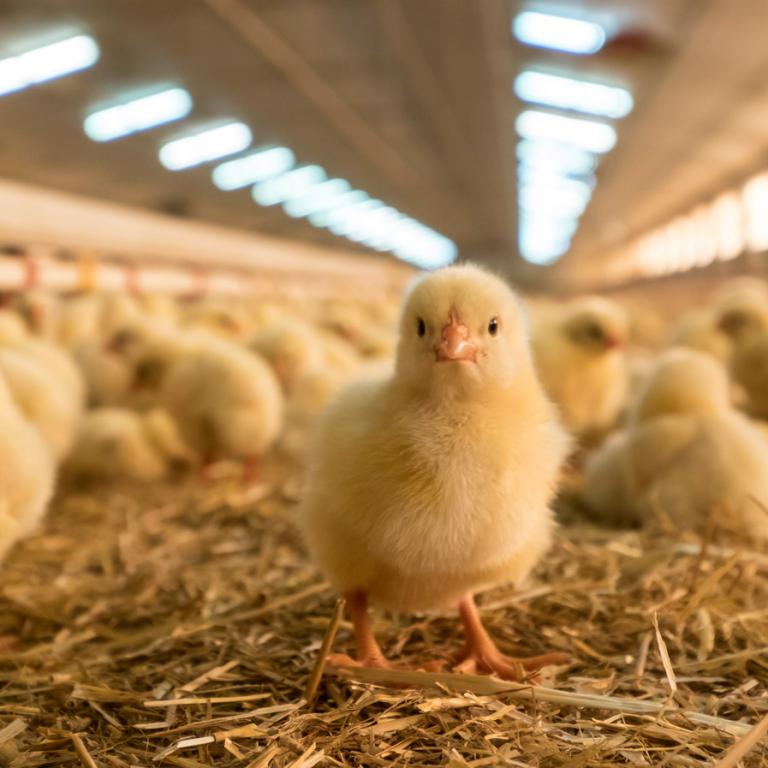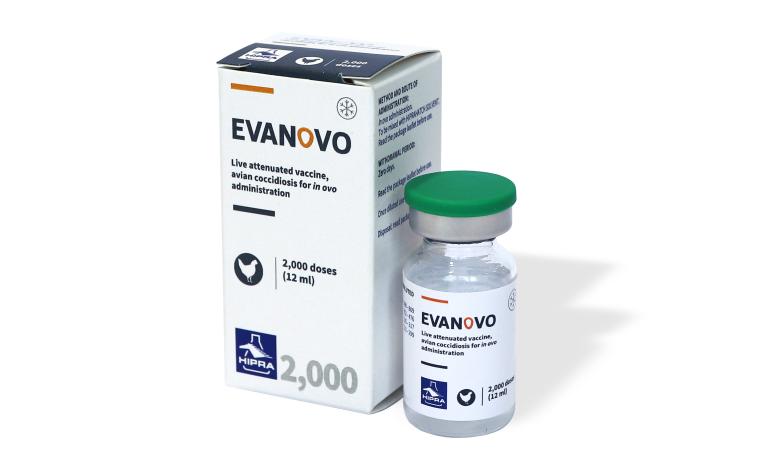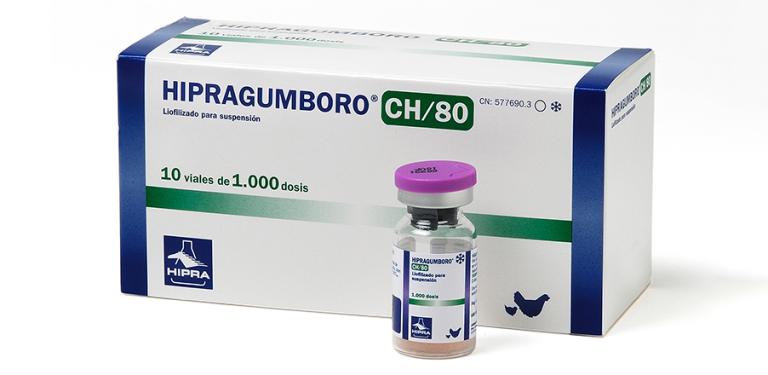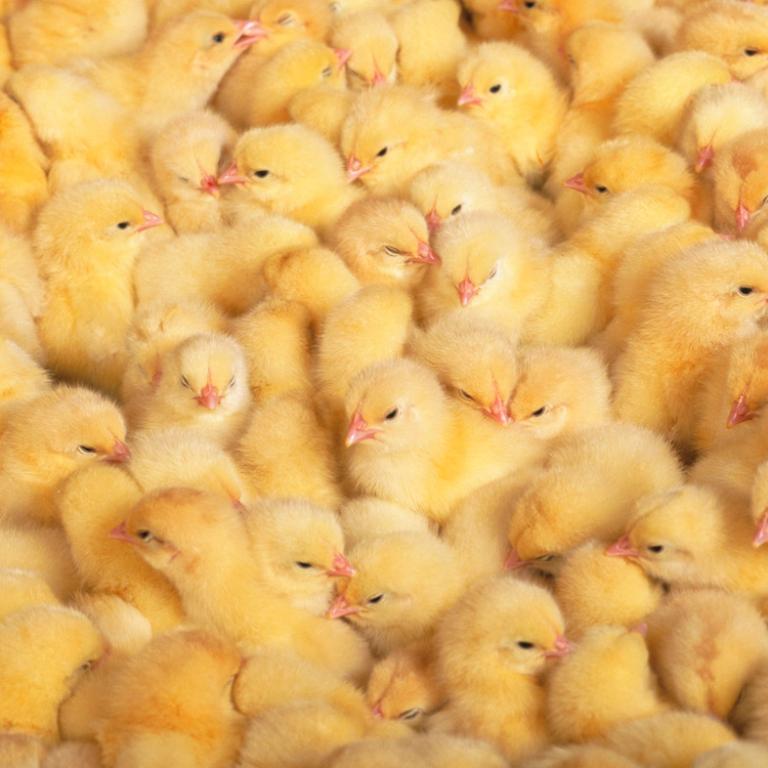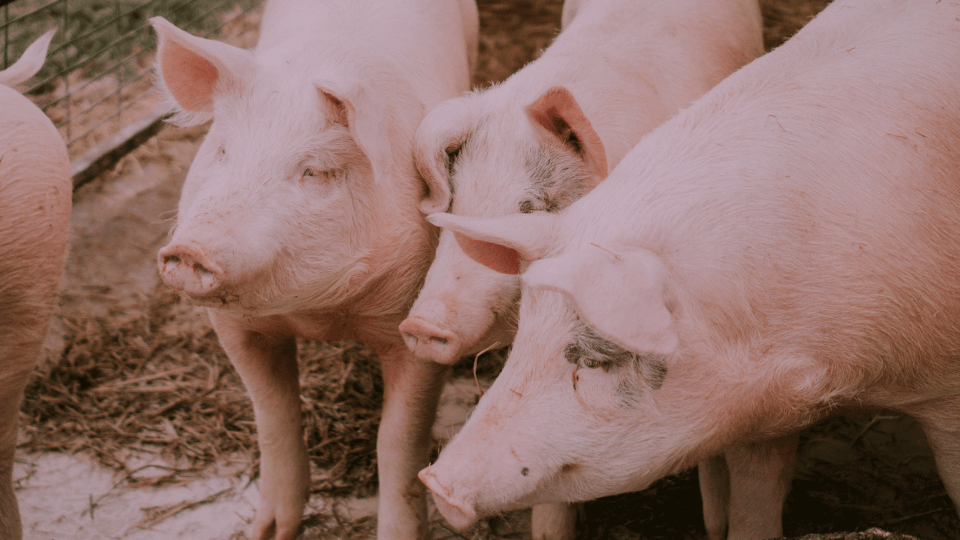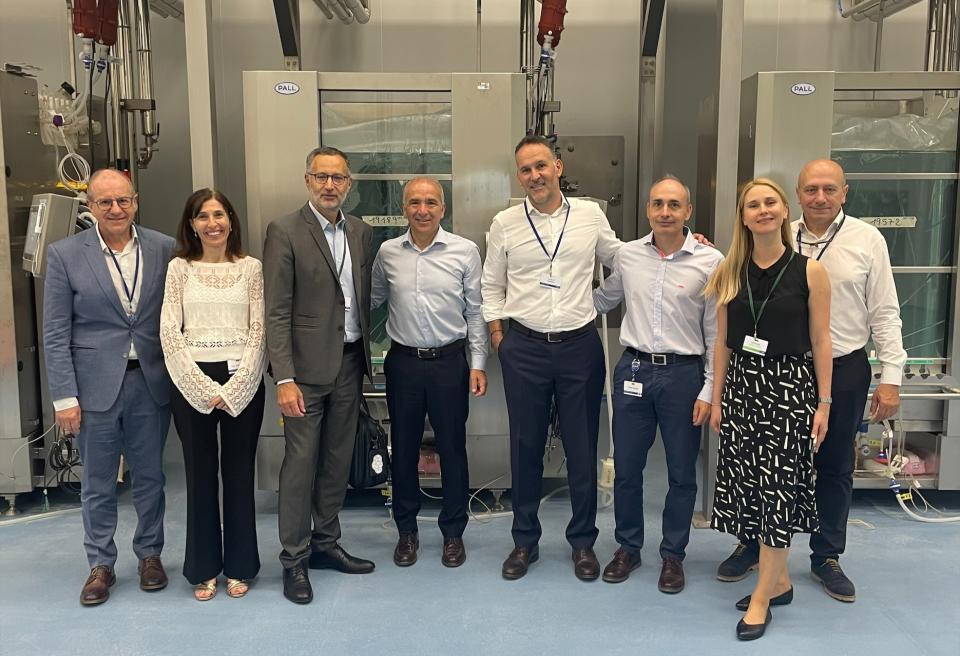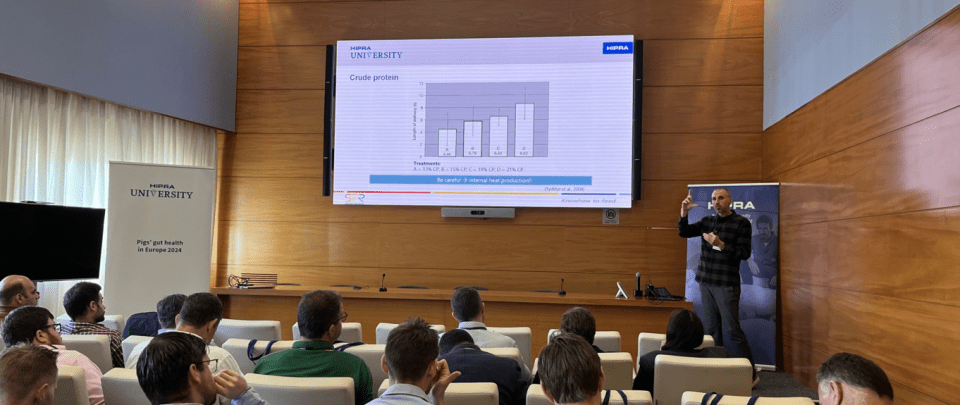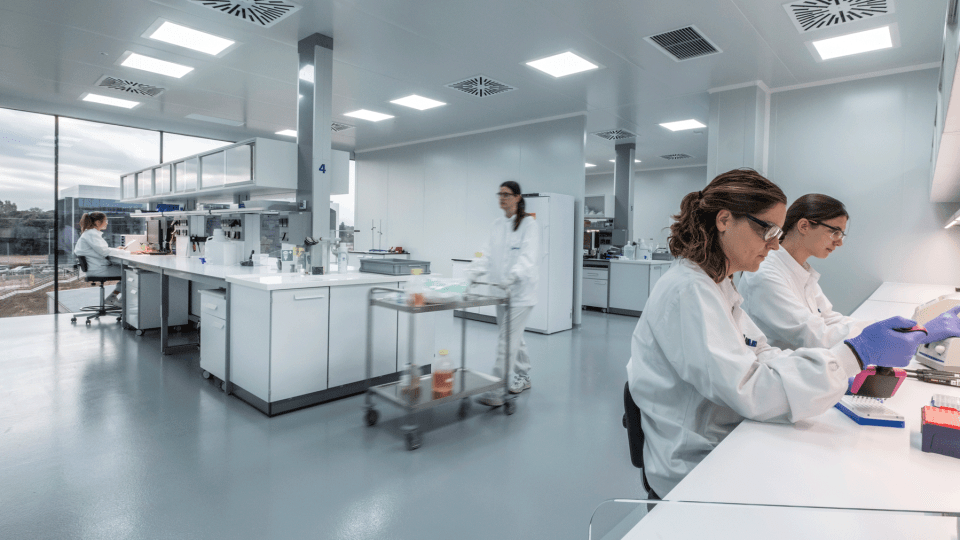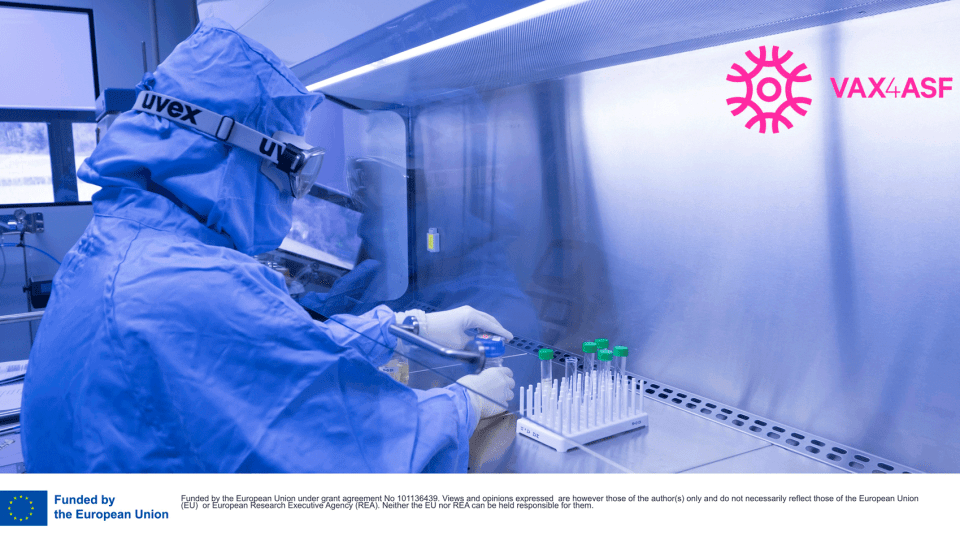Layers and breeders have a production cycle of not less than 60 weeks in most cases. One of the main characteristics of these birds is that the rearing period in a normal poultry house is different to that in a production house.
During this rearing period, the broiler breeders in particular have restrictions on their feed consumption and the birds are caught several times in order to apply different vaccines and to carry out other procedures. Coccidiosis in chickens is a parasitic disease caused by Eimeria species and the biological cycle of the parasite (external and internal) is essential for this parasite to survive. Vaccines manufactured for the prevention of coccidiosis in chickens works in the same way so that the conditions for replication should be good enough to ensure that the attenuated strains are able to induce good and long-lasting immunity.
Apart from the necessary management at vaccination and selection, there are other major stress factors on the birds. These include the transfer from rearing houses to production houses with the normal equipment for egg-laying. This means extra stress that could cause interference with the establishment of immunity. Onset of lay is another source of stress that again means interference with immunity against coccidiosis in chickens.
So, how can a vaccine applied in the first days of life provide protection throughout the cycle? In a normal situation, if the birds have constant contact with the parasite in the litter, the adaptive immunity mechanism allows the birds to maintain a level of protection. However, the situation is not always so normal and the occurrence of other diseases, weather conditions, extremely dry litters that do not favour the replication of oocysts and other problems can reduce or even minimize protection.
Obviously, in the composition of the vaccines, we must ensure that we include those species of Eimeria affecting birds at more than 8-9 weeks or age (E. necatrix, E. brunetti).
Generally, live attenuated vaccines have been proved to provide protection until 37 weeks. However, in the case of EVALON®, a live attenuated vaccine from HIPRA, its efficacy is boosted by co-administration with a special adjuvant, HIPRAMUNE®T.
For the registration of EVALON®, Pre-clinical and Clinical studies were performed to assess the safety and efficacy of the vaccine (Study of the efficacy of a new live coccidiosis vaccine, EVALON® for breeders and layers under field conditions in farms with a history of clinical coccidiosis. Proceedings of the XIXth World Veterinary Poultry Association Congress). The duration of immunity was assessed for EVALON® + HIPRAMUNE®T under laboratory conditions. Under these conditions, the introduction of external Eimeria oocysts that could produce trickle infections throughout the rearing and laying period was impaired. Birds were not moved from rearing to laying – on the contrary they were maintained in the same room. It is well-known that at farm level and after vaccination, trickle infections occur, and are important to maintain and enhance long-term immunity against Eimeria parasites (Williams 2002). In the study we tried to prove that protection was extended in the absence of trickle infections.
To study the efficacy of this vaccine against coccidiosis in chickens, birds were randomly selected at different time points (14, 28, 40 and 60 weeks) and individual challenge tests for each Eimeria species included in the vaccine were performed using highly pathogenic heterologous challenge strains. The groups of vaccinated and non-vaccinated birds were compared using macroscopic intestinal lesions as the main parameter (according to the Johnson and Reid score) after the challenge. Other parameters were also evaluated such as individual body weight, post-challenge oocyst excretion, clinical signs and mortality.
The results obtained in these trials showed an extended duration of immunity with EVALON® when the vaccine is administered together with the adjuvanted solvent HIPRAMUNE®T under conditions that do not favour the presence of oocysts in the litter. The duration of immunity was confirmed as 60 weeks post-vaccination.





